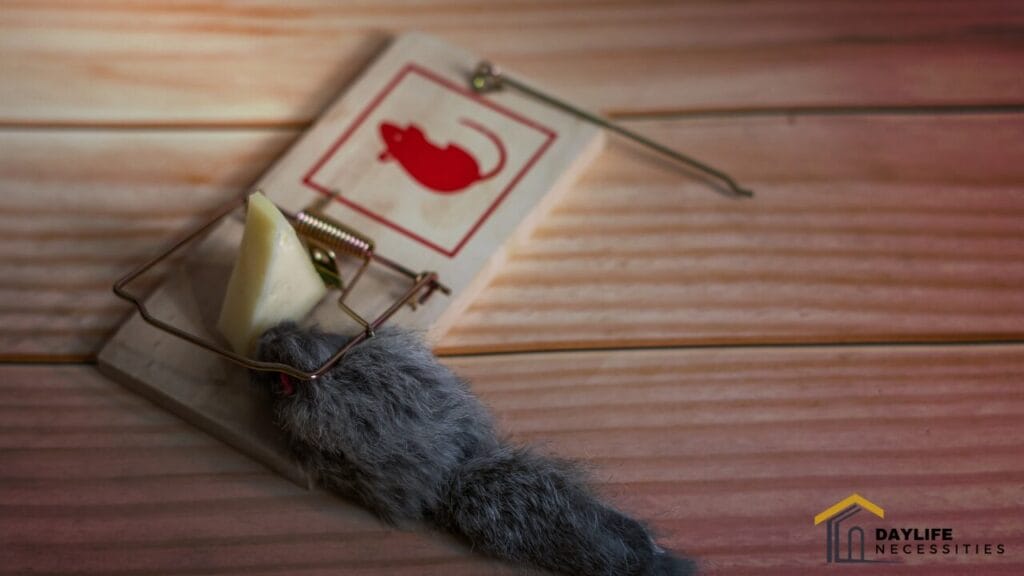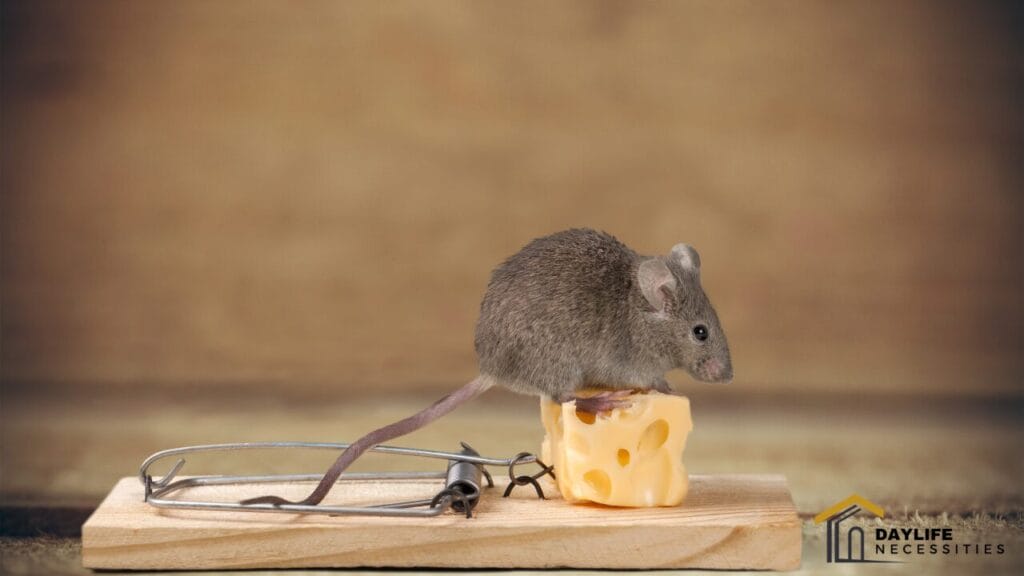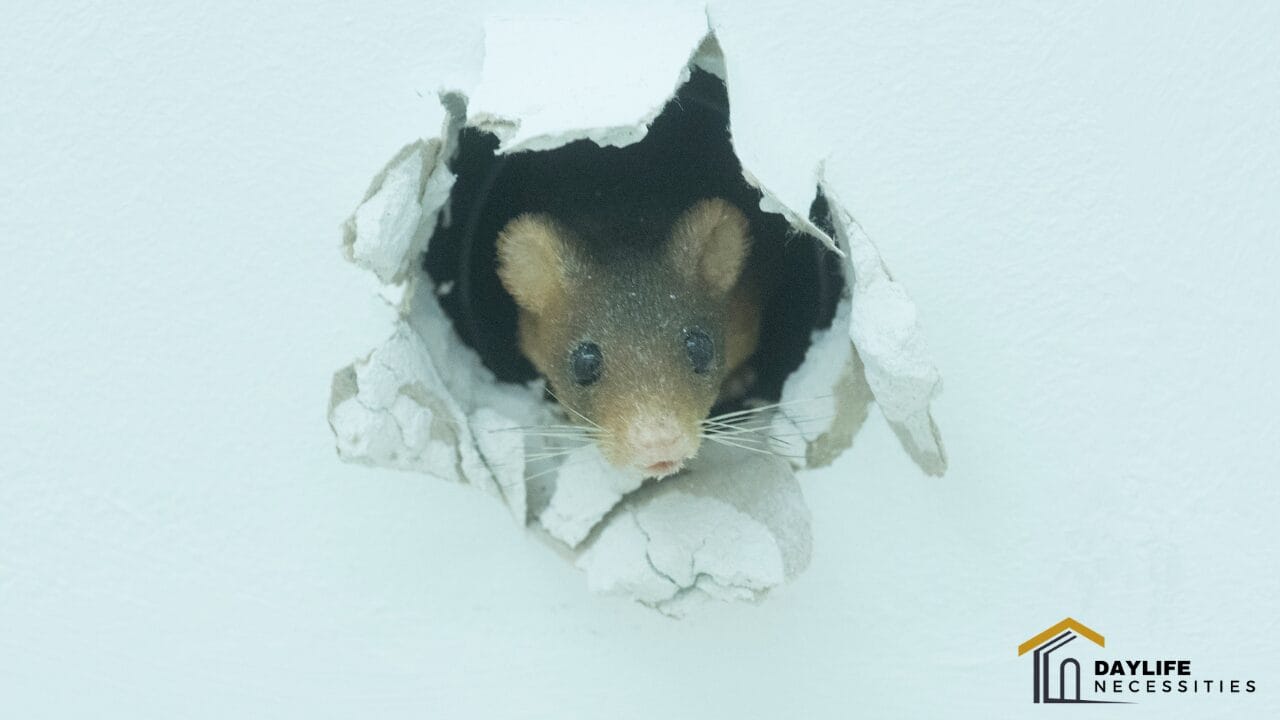Do you find yourself frustrated with mouse traps that simply don’t seem to work?
Setting up traps to tackle a mouse infestation can be challenging, especially when these critters evade your best efforts.
Understanding the nuances of trapping methods, choosing the right products, and gaining insight into mouse behavior are crucial aspects often overlooked in the quest to rid your home of these pests.
Let’s explore how to catch a mouse when traps don’t work and some enhanced methods for setting up mouse traps and delve into alternative solutions when traditional traps fail to yield results.
Optimal Mouse Trap Practices
Strategic Placement: Placing traps randomly around the house won’t cut it. Mice tend to stick close to walls or vertical surfaces, so positioning traps perpendicular to walls in areas where mouse activity is evident increases your chances of success.

Avoid setting traps in open spaces as mice feel vulnerable; they prefer the security of having a surface nearby.
Humane Alternatives: Consider humane traps that facilitate catch-and-release. However, remember to release captured mice at least two miles away from your home to prevent their return.
Releasing them promptly ensures their survival as they seek food and water.
Glove Up: When setting traps, use gloves for sanitation and to prevent leaving human scents on the traps.
Mice are sensitive to foreign smells and might steer clear if they detect human odor.
Common Mouse Trap Mistakes
Choosing the Wrong Design: Not all traps are created equal. Certain designs might trigger a mouse’s threat avoidance behavior, rendering the trap ineffective. Understanding which traps work best for different scenarios is crucial.

Incorrect Bait Usage: The type of bait matters. Contrary to popular belief, cheese isn’t the ideal option. Opt for peanut butter, which sticks well to traps and is more likely to trigger them.
Underestimating Mice: Mice are agile and cautious creatures. They might outsmart traps, leaving them sprung but empty. Professional exterminators possess the expertise to strategically place traps based on mouse behavior and traits.
Alternative Solutions When Traps Fail
If traditional traps continue to fail, consider alternative methods:
- Peanut Butter Trick: Use a spoon with peanut butter taped to its end, hanging over a counter with a bucket placed below. Mice are lured by the scent, approach the bait, and fall into the bucket.
- Plastic Bottle Method: Set up a plastic bottle coated in peanut butter across a bucket. As mice try to access the bait, they slip off the bottle and into the bucket.
- Seek Professional Help: Sometimes, DIY solutions may not be sufficient. Consider calling in professional exterminators who have the expertise to tackle persistent infestations.
Read More:
- How to Insulate Walls Without Removing Drywall
- The 10 Best Water Seal For Wood of 2023: A Comprehensive Review
- Top 6 Best Battery for Sump Pump Backup of 2023: Power Outages No More
Why Professional Assistance Matters
Even with effective traps, the root problem remains: the entry points mice use to infiltrate your home.
Professional exterminators, equipped with tested protocols and industry expertise, address these entry points comprehensively, ensuring a more permanent solution to your mouse problem.
Conclusion
Mastering mouse traps requires more than just setting them up. Understanding mouse behavior, employing the right techniques, and knowing when to seek professional help are crucial for effective pest control.
With these insights, you’re better equipped to tackle mouse infestations even when traps don’t seem to do the trick.
FAQ – How to Catch a Mouse When Traps Don’t Work
Q1. What if traditional mouse traps aren’t effective?
If traditional traps fail, consider alternative methods such as ultrasonic repellents, electronic traps, glue boards, or live catch-and-release traps. Explore different options to see what works best for your situation.
Q2. How do I use ultrasonic repellents to catch mice?
Ultrasonic repellents emit high-frequency sound waves that deter mice. Simply plug them into a power outlet in areas frequented by mice. It’s important to note that these devices may take some time to show results and might work better in combination with other methods.
Q3. Are electronic mouse traps safe to use?
Electronic mouse traps are designed to quickly and humanely kill mice through an electric shock. When used according to the manufacturer’s instructions, they’re safe for households with no harm to pets or humans.
Q4. Can I use glue traps as an effective alternative?
Glue traps can be effective in capturing mice. Place them along walls or areas where mice travel. Once a mouse gets stuck, carefully dispose of the trap following safety guidelines.
Q5. Are live traps a humane option for catching mice?
Yes, live traps allow for catch-and-release of mice. After catching a mouse, release it at least two miles away from your home to prevent its return. Ensure they’re provided with food and water upon release.




